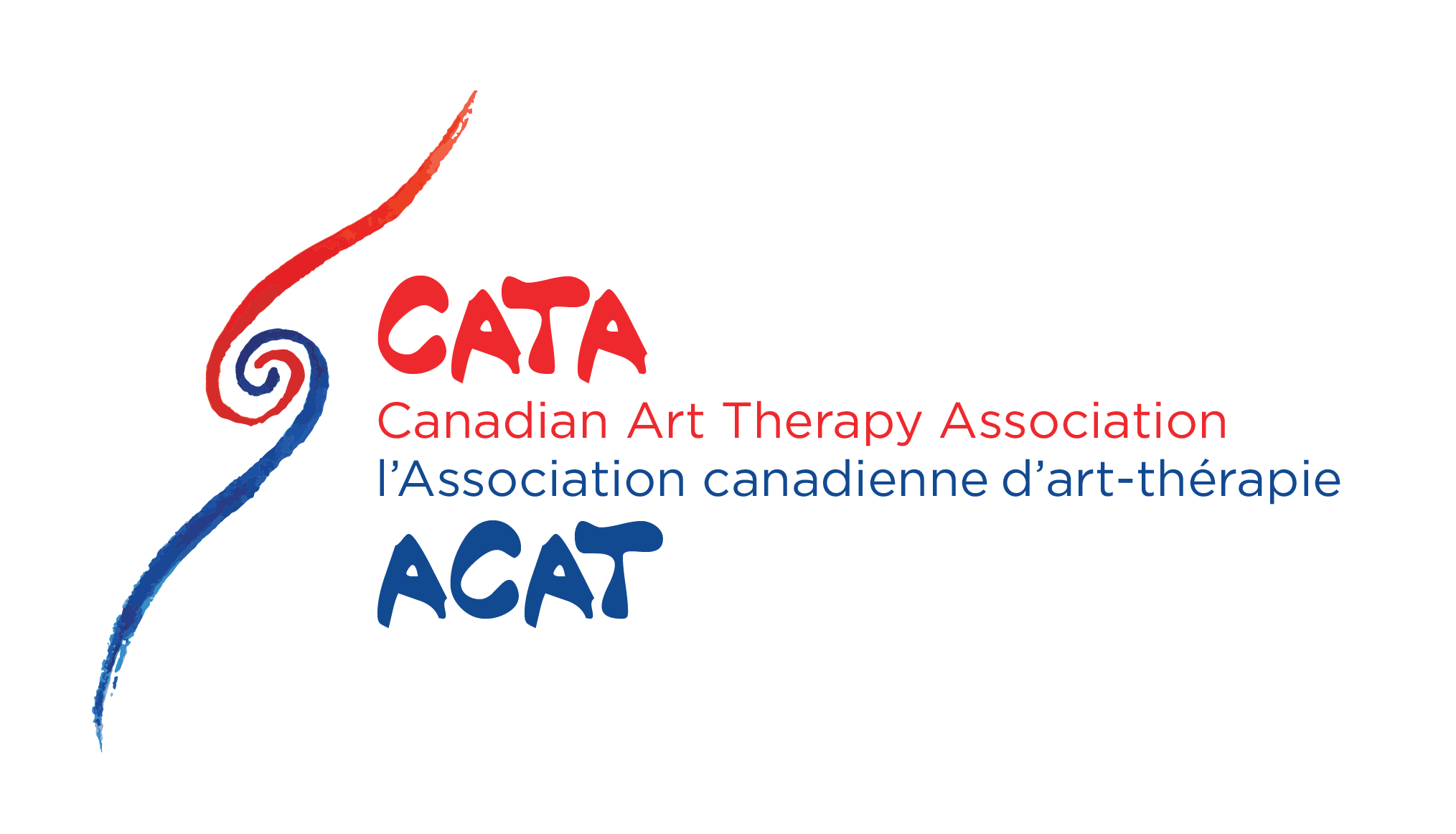Book Review: Special Interests in Art Therapy with Autistic People
Taylor Bourassa, RP, DTATI
Ottawa, ON
Taylor Bourassa is a Registered Psychotherapist and art therapist with a private practice, Wellness Grove Therapy. She incorporates the environment into her practice through the use of natural materials, meditative practices that centre the earth, inviting the natural environment into sessions as a co-facilitator, and sharing the primordial knowledge the earth provides.
The following is a review written by Taylor for the book Special Interests in Art Therapy with Autistic People: A Neurodiversity-Positive Approach to Empower and Engage Participants, by Jessica Woolhiser Stallings (2022), published by Jessica Kingsley Publishers.
“[…] when participants share their special interests with a therapist, they are giving the therapist a window into their psyches. It is through these interests that the therapist and participant can build relationship and address needs.”
- Jessica Woolhiser Stallings (2022)
Jessica Woolhiser Stallings is an art therapist who works with autistic individuals in a client-centered way. She wasn’t always an art therapist: she actually started as a behavioural therapy technician, and witnessed firsthand the potential damaging effects approaches such as ABA and ABA-type therapies could have on autistic clients. She recognized the need for inclusion, rather than elimination of special interests in therapy, which led to the development of the Special Interest Communication Theory Framework (SICT).
SICT is a framework which incorporates the special interests of participants in therapy as a way to actively support, engage and honour autistic individuals in identifying and realizing their therapeutic goals. This framework aims to empower neurodiverse clients, allowing for an acceptance, rather than rejection of parts of self in therapy, which is often the case with ABA type therapies that seek to eliminate atypical behaviour patterns and replace these with socially preferred ways of behaving.
The framework itself acknowledges the power and use of special interests in therapy in six different ways:
· Popular culture as behavioural reward: used as a tool to encourage desired behaviours and participation in therapy
· Popular culture a social initiator: rapport building, connecting and getting to know each other.
· Popular culture as social facilitator: used as a social buffer to address uncomfortable topics
· Popular culture as personal metaphor: using the story and material as metaphor for self and what the client is experiencing
· Popular culture as anxiety mediator: coping and distress tolerance tools for processing anxiety. and
· Popular culture as communication clarifier: using the media as a way to explore, and understand certain concepts
She elaborates on each piece of the framework in their own chapter, dedicated to exploring the use and application in therapy. She provided segments of case examples to provide context for readers, making it easy to understand the application. She further elaborates on ways in which the framework can show up in treatment planning and documentation. This not only provides context for the reader to visualize and conceptualize how the framework might play out with clients; it creates a container and guide for practitioners to easily adapt and apply within their own practice.
This framework feels accessible and adaptable: as a practitioner who regularly incorporates popular culture into my practice, it feels affirming. Stallings’ provides helpful words and framing to better understand the why and how behind popular culture and its uses in therapy. Although the framework is helpful for conceptualizing and incorporating popular culture and special interests into therapy, there are pieces that feel uncomfortable. Namely, the first point in the framework: using special interests as a behavioural reward. This feels to be more aligned with ABA type practices than with client-centered practices that seek to empower autistic individuals.
Overall, the text provides readers with a new framework of understanding how to work with autistic individuals in an empowering and client-centered way. Additionally, readers can choose to engage with and practice only certain points in the framework they align with. For example, I regularly engage clients with the use of popular culture as anxiety mediator (the video game Stardew Valley (ConcernedApe, 2016) tends to be a helpful tool for regulation); popular culture as social initiator and facilitator (Studio Ghibli films, manga series such as Death Note (Tsugumi Ohba & Takeshi Obata, 2003) and Sailor Moon (Naoko Takeuchi, 1992) and as personal metaphor (there are a number of video games that have made their way into my practice as helpful tools for understanding self, relationships, emotional experiencing and boundaries). If we consider the framework to be fluid and adaptable to client needs, it can be incorporated as a way to honour and empower clients in the therapy space, and is a helpful starting point in understanding more accessible and client-centered approached to therapy.
References
Stallings, J.W. (2022). Special interests in art therapy with autistic people: A neurodiversity-positive approach to empower and engage participants. Jessica Kingsley Publishers.


